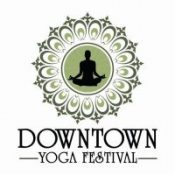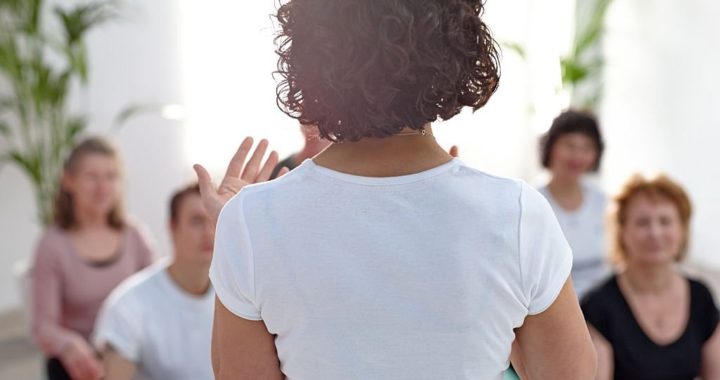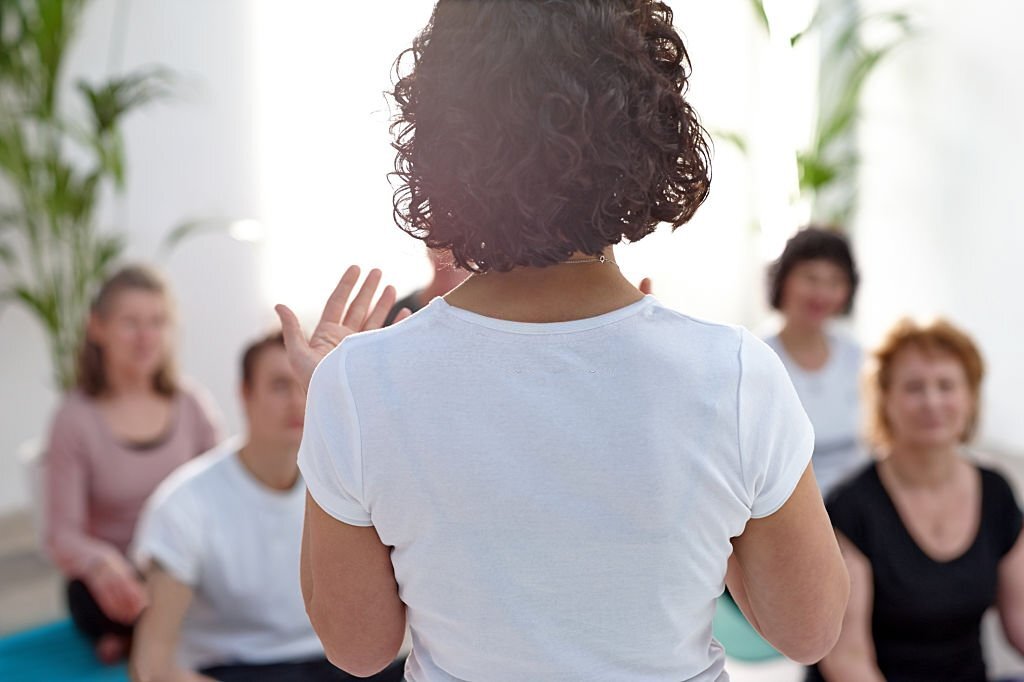Are you feeling stressed out by the hectic pace of city life? Do you find yourself constantly on the go, rushing from one task to the next without a moment to catch your breath? If so, you may be in need of some inner peace. Fortunately, there is a simple and effective solution: yoga.
Yoga has been practiced for thousands of years, but in recent years, it has become increasingly popular in Western countries as a means of reducing stress, improving physical health, and finding inner peace. Yoga is a holistic practice that combines physical postures, breathing techniques, and meditation to promote overall well-being. In this article, we will explore the benefits of yoga for finding inner peace in the hustle and bustle of downtown.
The Origins of Yoga
Yoga traces its roots back to ancient India more than 5,000 years ago. The term “yoga” derives from the Sanskrit word “yuj,” signifying the act of yoking or uniting. The practice was developed as a means of achieving spiritual enlightenment and union with the divine.
Over time, yoga evolved to include physical postures and breathing techniques, as well as meditation. Today, yoga is practiced all over the world as a means of improving physical health, reducing stress, and finding inner peace.
Understanding Inner Peace
Inner peace is a state of being in which one feels calm, centered, and content. It is a state of mind that is free from anxiety, worry, and stress. Inner peace can be achieved through various means, including meditation, mindfulness, and yoga.
Yoga is a particularly effective means of finding inner peace, as it combines physical movement with meditation and breathing techniques. The physical postures of yoga help to release tension and stress in the body, while the breathing techniques and meditation help to quiet the mind and promote a sense of calm and well-being.
Physical Benefits of Yoga
Yoga has numerous physical benefits, including increased flexibility, improved strength and balance, and reduced pain and inflammation.
- Increased Flexibility: The physical postures of yoga are designed to stretch and lengthen the muscles, which can increase flexibility and range of motion. Regular yoga practice can help to reduce stiffness in the joints and muscles, making everyday activities easier and more comfortable.
- Improved Strength and Balance: Many yoga postures require strength and balance, which can improve overall physical fitness and reduce the risk of falls and injuries. Regular yoga practice can also improve posture and alignment, reducing the risk of back pain and other musculoskeletal issues.
- Reduced Pain and Inflammation: Yoga has been shown to be effective in reducing pain and inflammation in various parts of the body. It can help alleviate chronic conditions such as arthritis, back pain, and headaches. In addition, the physical postures and breathing techniques of yoga can help to stimulate the body’s natural healing processes.
Mental and Emotional Benefits of Yoga
Yoga offers a wide range of mental and emotional benefits alongside its physical advantages. These include reduced stress and anxiety, improved mood and well-being, and enhanced cognitive function.
- Reduced Stress and Anxiety: Numerous studies have demonstrated the efficacy of yoga in diminishing stress and anxiety. The breathing techniques and meditation used in yoga can help to activate the body’s relaxation response, reducing the production of stress hormones and promoting a sense of calm and well-being.
- Improved Mood and Well-Being: Regular yoga practice has been shown to improve mood and overall well-being. It has the potential to alleviate symptoms associated with depression and anxiety while fostering a sense of happiness and satisfaction.
- Enhanced Cognitive Function: Yoga has also been shown to enhance cognitive function, including memory, attention, and processing speed. Regular yoga practice can help to improve focus and concentration, as well as reduce cognitive decline associated with aging.
Finding Inner Peace in the Downtown Environment
The downtown environment can be stressful and chaotic, making it challenging to find inner peace. However, there are numerous ways to incorporate yoga into your busy city life.
- Yoga Studios and Classes: One of the easiest ways to incorporate yoga into your life is to attend a yoga studio or class. There are many studios located in downtown areas that offer a variety of classes at different times throughout the day.
- Outdoor Yoga: If you prefer to be outside, consider practicing yoga in a park or other outdoor space. Many cities offer outdoor yoga classes or events during the warmer months.
- Workplace Yoga: If you work in an office, consider starting a workplace yoga program. Many companies now offer yoga classes during lunch breaks or after work, providing a convenient way to incorporate yoga into your daily routine.
Tips for Incorporating Yoga into Your Busy Life
Incorporating yoga into your busy city life can seem challenging, but it is possible with a little planning and effort. Here are some tips to help you get started:
- Make It a Habit: Make a commitment to practice yoga regularly, even if it’s just for a few minutes each day. By making it a habit, you will be more likely to stick with it over time.
- Start Small and Build Gradually: Start with simple postures and breathing exercises, and gradually build up to more complex sequences. This will help you avoid injury and build confidence.
- Find a Community: Find a yoga community or group that shares your interests and goals. This can provide motivation and support, as well as opportunities to learn and grow.
Conclusion
In conclusion, yoga is a powerful tool for finding inner peace in the hustle and bustle of downtown. With its physical, mental, and emotional benefits, it can help you manage stress, improve your overall health, and find a sense of calm and well-being. By incorporating yoga into your daily routine, you can find peace and tranquility even in the busiest of cities.
Frequently Asked Questions (FAQs)
- Do I need to be flexible to do yoga?
Yoga is inclusive and suitable for individuals of all flexibility levels. - Is yoga a good way to reduce stress?
Yes, the breathing techniques and meditation used in yoga can help to reduce stress and anxiety, promoting a sense of calm and relaxation. - Can yoga help with physical ailments such as back pain or arthritis?
Yes, yoga has been shown to be effective in reducing pain and inflammation in various parts of the body, including chronic conditions such as back pain and arthritis. - What is the recommended frequency of yoga practice to experience its benefits?
Regular practice, even for just a few minutes each day, can lead to noticeable benefits. However, the frequency and duration of practice needed to see specific benefits may vary depending on individual factors. - Can I practice yoga in a busy city environment?
Yes, there are many ways to incorporate yoga into a busy city life, such as attending a studio or class, practicing outdoors, or starting a workplace yoga program.



